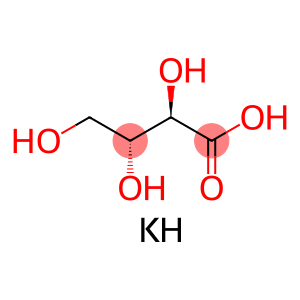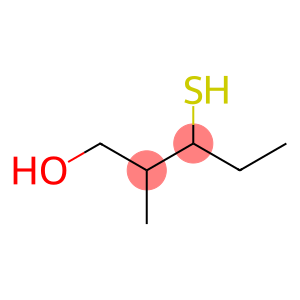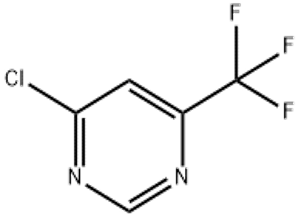3-Methylhexane(CAS#589-34-4)
| Risk Codes | R11 – Highly Flammable R38 – Irritating to the skin R50/53 – Very toxic to aquatic organisms, may cause long-term adverse effects in the aquatic environment. R65 – Harmful: May cause lung damage if swallowed R67 – Vapors may cause drowsiness and dizziness |
| Safety Description | S9 – Keep container in a well-ventilated place. S16 – Keep away from sources of ignition. S29 – Do not empty into drains. S33 – Take precautionary measures against static discharges. S60 – This material and its container must be disposed of as hazardous waste. S61 – Avoid release to the environment. Refer to special instructions / safety data sheets. S62 – If swallowed, do not induce vomitting; seek medical advice immediately and show this container or label. |
| UN IDs | UN 1206 3/PG 2 |
| WGK Germany | 1 |
| Hazard Class | 3.1 |
| Packing Group | II |
Introduction
3-Methylhexane, also known as isoheptane, is an organic compound. The following is an introduction to the properties, uses, preparation methods and safety information of 3-methylhexane:Quality:- Appearance: Colorless liquid- Flash Point: approx. -12 °C- Solubility: soluble in organic solvents such as alcohol and ether, insoluble in water.Use:- As an organic solvent: With its good solubility, 3-methylhexane is often used as an industrial solvent and can be used in the preparation of coatings, paints, glues, etc.- Reaction medium in chemical reactions: 3-Methylhexane can be used as a reaction medium in some chemical reactions, for example to deliver products or to regulate reaction rates.- Alternative alkanes: 3-Methylhexane has a methyl group in its carbon backbone, which can be used as an independent structural unit in some chemical reactions or synthesis.Method:- 3-Methylhexane can be prepared by the addition reaction of isoheptene (2-methyl-1-butene) under acidic conditions.Safety Information:- 3-Methylhexane is less toxic, but the following safe practices should be followed:- Avoid contact with skin, eyes, or use during use or storage.- Maintain good ventilation conditions and avoid inhaling gases or vapors during use.- When handling 3-methylhexane, follow proper laboratory safety practices, such as wearing protective eyewear, gloves, and a lab coat.








